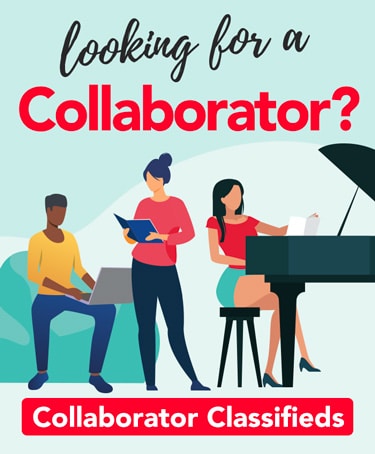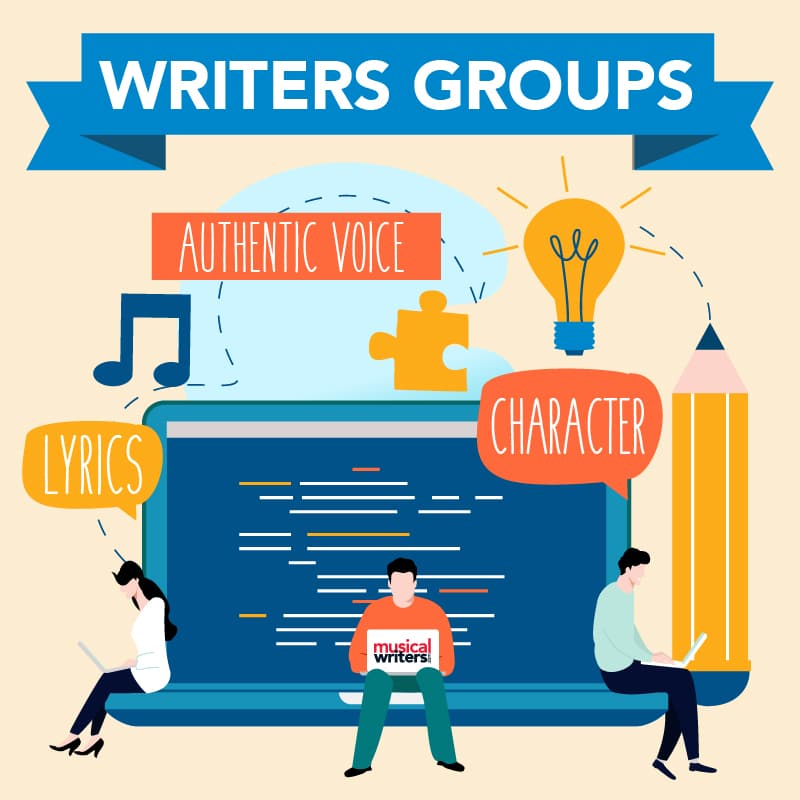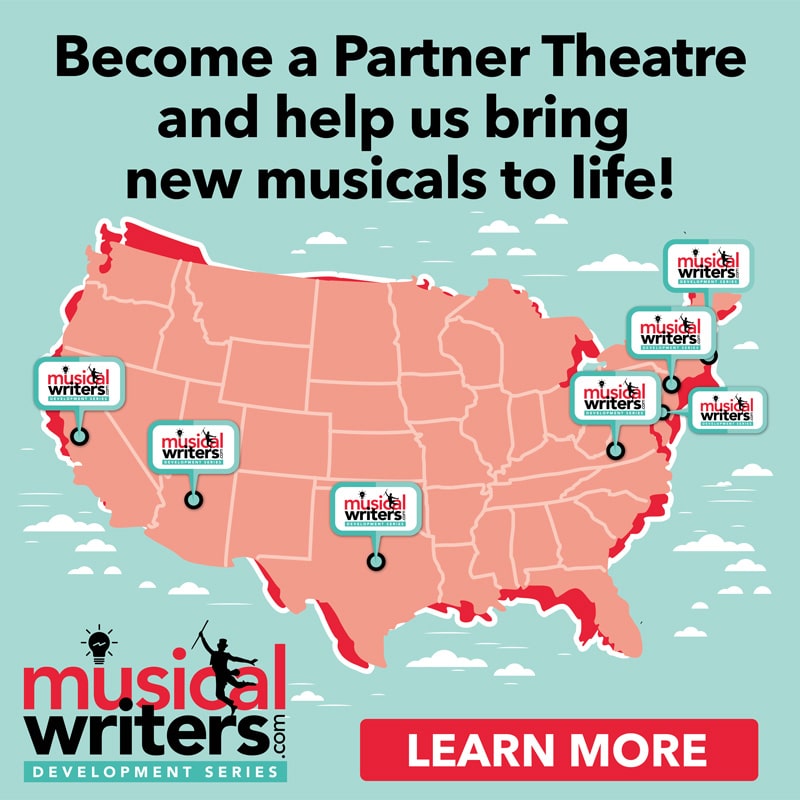There are some songs where the writing comes easy. Conflict numbers and comedic list songs are the quickest to materialize for me. Maybe for you it’s a love duet or the dark plight of the villain. Most writers know they have to tackle certain structural must-haves such as the “I Want” song and the “11 o’clock number.” But there is one song in particular that for most tends to be the most elusive: The Opening Number.
“Opening numbers tend to have to be rewritten many times as the overall show becomes clearer; often, the final version of the opening number is one of the last things written for a show!” -Stephen Schwartz
Openers are the mysterious portal that transports us from the mundane to the magical. Whether you choose spectacle or subtlety, the why behind the choice is important. Here are a few examples of differing approaches and the impetus behind the writers’ choices.
The Function of the Opening Number
“Every show has a different need for the opening,” says Casey Nicholaw, the director of hits like The Drowsy Chaperone, The Book of Mormon, Aladdin and Something Rotten! But what they all share in common, he has come to believe, is a responsibility “to set the tone and handle the audience so that they know what they’re in for.”1 In the case of Aladdin, the audience came in with a frame of reference, a general understanding of the world they were about to enter. That is very different than in Something Rotten! where audience members would enter with very little knowledge of tone or story.
The shows above are lighthearted and comedic, which enables the opening number to be flashy, bright, and feel-good, filled with music and dance. But what about when the show is darker, more emotional? Such was the case in the Tony-award winning Fun Home. Playwright Lisa Kron tells Hollywood Reporter Scott Feinberg:
“It took us a very long time to write it — we wrote many, many opening numbers before we got to this one. [Jeanine Tesori, who composed the music] described it as kind of an anti-opening number, which was interesting. It sort of sneaks in. It’s a little bit quiet, I suppose….All musicals have to have a single-minded, primal, emotional drive to them, and I think that gets set up in the opening number,” she asserts. “It has to lay out its thematic ambitions. And then it has to teach the audience what the rules of the thing are going to be — how to watch it. The trick of writing anything, I suppose, is that you can know all of those things, but you can’t write it directly — you need for your characters to make the audience feel whatever that primal emotional drive is.”2
In his book The Secret Life of the American Musical: How Broadway Shows are Built, Jack Viertel tells the famous story of A Funny Thing Happened on the Way to the Forum, which was bombing in out-of-town tryouts because the original opening, “Love Is in the Air,” promised charm while the musical delivered mayhem. The new opening number “Comedy Tonight” fixed the problem, and the show landed.3
Conventions of Opening Numbers
I’ve attempted to categorize below some conventions used in the musical theatre opening number. Which one would be best for your show?
1. “Welcome to Our World”
Is the world of your show exotic, futuristic, historical, fantastical, or anything else besides the ordinary here and now? Your audience might need some perimeters drawn so they can get their bearings before the storyline starts. A few examples of “Welcome to Our World.”
Also:
The Lion King – “Circle of Life”
Cabaret – “Willkommen”
2. “This is My Life”
An ordinary person in the midst of extraordinary circumstances is a classic plot line and has the potential to make a great musical, so long as the audience is convinced that the protagonist is really ordinary from the beginning. The further the distance, the more exciting the journey. Establishing the status-quo world also helps the audience relate to the “average-ness” of the main character.
Also:
Next to Normal – “Just Another Day”
3. “Meet the Characters”
With the exception of Sunday in the Park with George and Anyone Can Whistle, all of Sondheim’s musicals immediately introduce the entire population of their respective worlds….Many of the characters are assigned individual and shared musical themes. For example, the ominous underscoring of the Witch’s entrance and opening dialogue is developed later into “Lament” and “Stay with Me.” The main musical theme of the title song, with its skipping, child-like melody and rhythm forms the cornerstone of the score, re-echoed in many of Into the Woods’ songs, particularly Little Red Riding Hood’s “I Know Things Now” and much of the Baker’s and the Baker’s Wife’s material such as “It Takes Two” and “Maybe They’re Magic.”4
From the blockbuster hit Hamilton, Lin Manuel Miranda acknowledges his research and respect for those who have gone before him. In his book Hamilton: The Revolution Miranda explains that the opening number of Hamilton—initially conceived as a monologue for Aaron Burr—“owes a debt to the prologue of Sweeney Todd: All our characters set the stage for our main man’s entrance.”5
Also check out this version of “The Ballad of Sweeney Todd” by the Welsh National Opera…a more modern take. Brilliant.
4. Prologue or “Let Me Bring You up to Speed”
“‘The Bells of Notre Dame’ basically tells the back story, so that once the opening number is done, you’re ready to begin the story in the present.” – Stephen Schwartz
The Hunchback of Notre Dame –
5. Flashback
Wicked – “No One Mourns the Wicked”
6. Here’s What’s Coming
A Funny Thing Happened on the Way to the Forum – “Comedy Tonight”
7. The Big Lie
This is the big setup of what the main character thinks he/she wants. But she better enjoy it, because when this song is over, the world is going to come crashing down.
What about your favorite musical? What opening number convention does it employ?
For your show, it’s your call. But think it through!
The Opening Number is literally the audience’s first peek into the world of your show. It’s their way in to the story. You control the key! What door will you let them in?
I’d love to hear your thoughts (enter comments below) on what openers you’ve seen that maybe don’t work… and why. Let’s sharpen our skills together.
Note: Featured image is from The Time Machine the Musical by David Mauk (Music, Lyrics, Co-author) and Brenda Mandabach (Co-author).
Footnotes
- Tonys: The Importance of a Musical’s Opening Number, Scott Feinberg, Hollywood Reporter, April 22, 2015
- Tonys: The Importance of a Musical’s Opening Number, Scott Feinberg, Hollywood Reporter, April 22, 2015
- The Very Model of a Modern Major Musical
- Opening Doors – Sondheim and the Art of the Opening Number
- Hamilton, The Revolution


















